A. Ceramic Tiles: Ceramic floor wall tiles are a popular choice due to their versatility and affordability. Made from clay and other natural materials, they are fired at high temperatures, resulting in durable and water-resistant tiles. Available in various sizes, shapes, and colors, ceramic tiles provide endless design possibilities. B. Porcelain Tiles: Porcelain tiles are a type of ceramic tile that has been further processed and fired at an even higher temperature. This results in a denser, stronger, and more water-resistant tile. Porcelain tiles are highly durable and suitable for both indoor and outdoor use. With a wide range of finishes, including matte, polished, and textured, porcelain tiles offer excellent versatility.

.
 C. Natural Stone Tiles: For a luxurious and timeless look, natural stone tiles are an excellent choice. Marble, granite, travertine, and slate are just a few options available in natural stone tiles. Each type has unique characteristics, patterns, and color variations, making each installation truly one-of-a-kind. While natural stone tiles require more care and maintenance, they exude elegance and sophistication. D. Glass Tiles: Glass floor wall tiles offer a sleek and modern aesthetic to any space. Available in glossy or frosted finishes, glass tiles create a sense of depth and reflectivity, making the area appear larger. Glass tiles are often used as accents or in mosaic patterns to add a touch of color and visual interest.
C. Natural Stone Tiles: For a luxurious and timeless look, natural stone tiles are an excellent choice. Marble, granite, travertine, and slate are just a few options available in natural stone tiles. Each type has unique characteristics, patterns, and color variations, making each installation truly one-of-a-kind. While natural stone tiles require more care and maintenance, they exude elegance and sophistication. D. Glass Tiles: Glass floor wall tiles offer a sleek and modern aesthetic to any space. Available in glossy or frosted finishes, glass tiles create a sense of depth and reflectivity, making the area appear larger. Glass tiles are often used as accents or in mosaic patterns to add a touch of color and visual interest.
..
 A. Surface Preparation: Before installing floor wall tiles, proper surface preparation is crucial. The surface should be clean, free of debris, and level. Any cracks or inconsistencies should be repaired, and the surface should be dry. This ensures the tiles adhere properly and prevents future issues. B. Determining Layout and Design: The next step is to determine the layout and design of the floor wall tiles. This involves careful measurement and planning to ensure a balanced and aesthetically pleasing result. It is recommended to create a tile layout plan on paper or use design software before starting the installation.
A. Surface Preparation: Before installing floor wall tiles, proper surface preparation is crucial. The surface should be clean, free of debris, and level. Any cracks or inconsistencies should be repaired, and the surface should be dry. This ensures the tiles adhere properly and prevents future issues. B. Determining Layout and Design: The next step is to determine the layout and design of the floor wall tiles. This involves careful measurement and planning to ensure a balanced and aesthetically pleasing result. It is recommended to create a tile layout plan on paper or use design software before starting the installation.
…
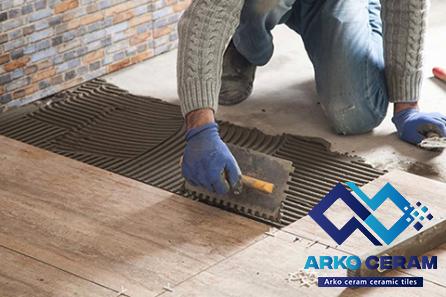 C. Applying Adhesive: Once the layout is determined, it is time to apply the adhesive. Depending on the type of tile and surface, different adhesives can be used. Follow the manufacturer’s instructions for proper mixing and application. It is important to work in small sections to prevent the adhesive from drying too quickly. D. Placing the Tiles: With the adhesive applied, carefully place the tiles according to the predetermined layout. It is essential to take accurate measurements and use spacers to maintain consistent gaps between tiles. This ensures a professional and finished look. If any tiles need to be cut, use a tile cutter or wet saw to achieve precise cuts.
C. Applying Adhesive: Once the layout is determined, it is time to apply the adhesive. Depending on the type of tile and surface, different adhesives can be used. Follow the manufacturer’s instructions for proper mixing and application. It is important to work in small sections to prevent the adhesive from drying too quickly. D. Placing the Tiles: With the adhesive applied, carefully place the tiles according to the predetermined layout. It is essential to take accurate measurements and use spacers to maintain consistent gaps between tiles. This ensures a professional and finished look. If any tiles need to be cut, use a tile cutter or wet saw to achieve precise cuts.

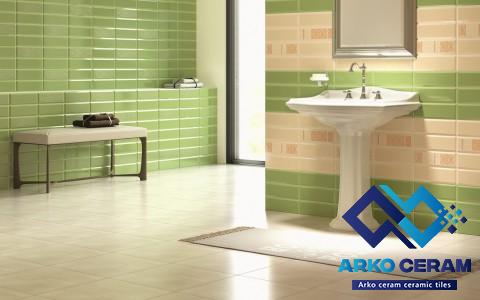
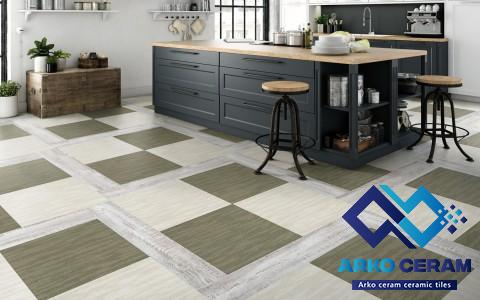
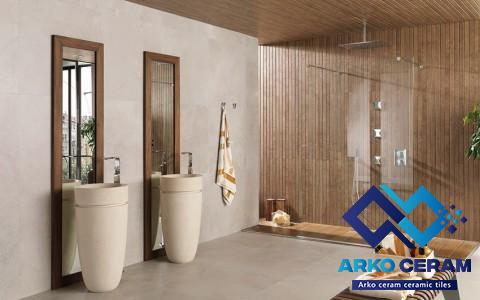




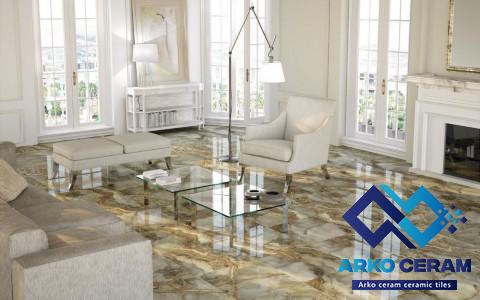
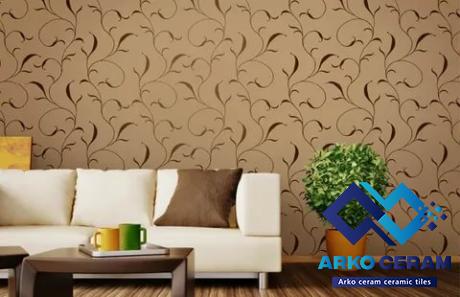
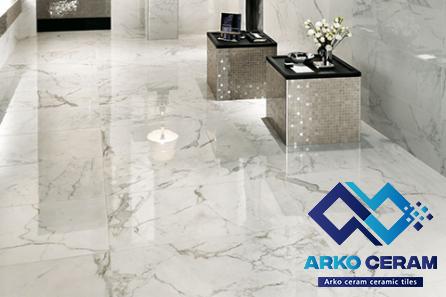
Your comment submitted.